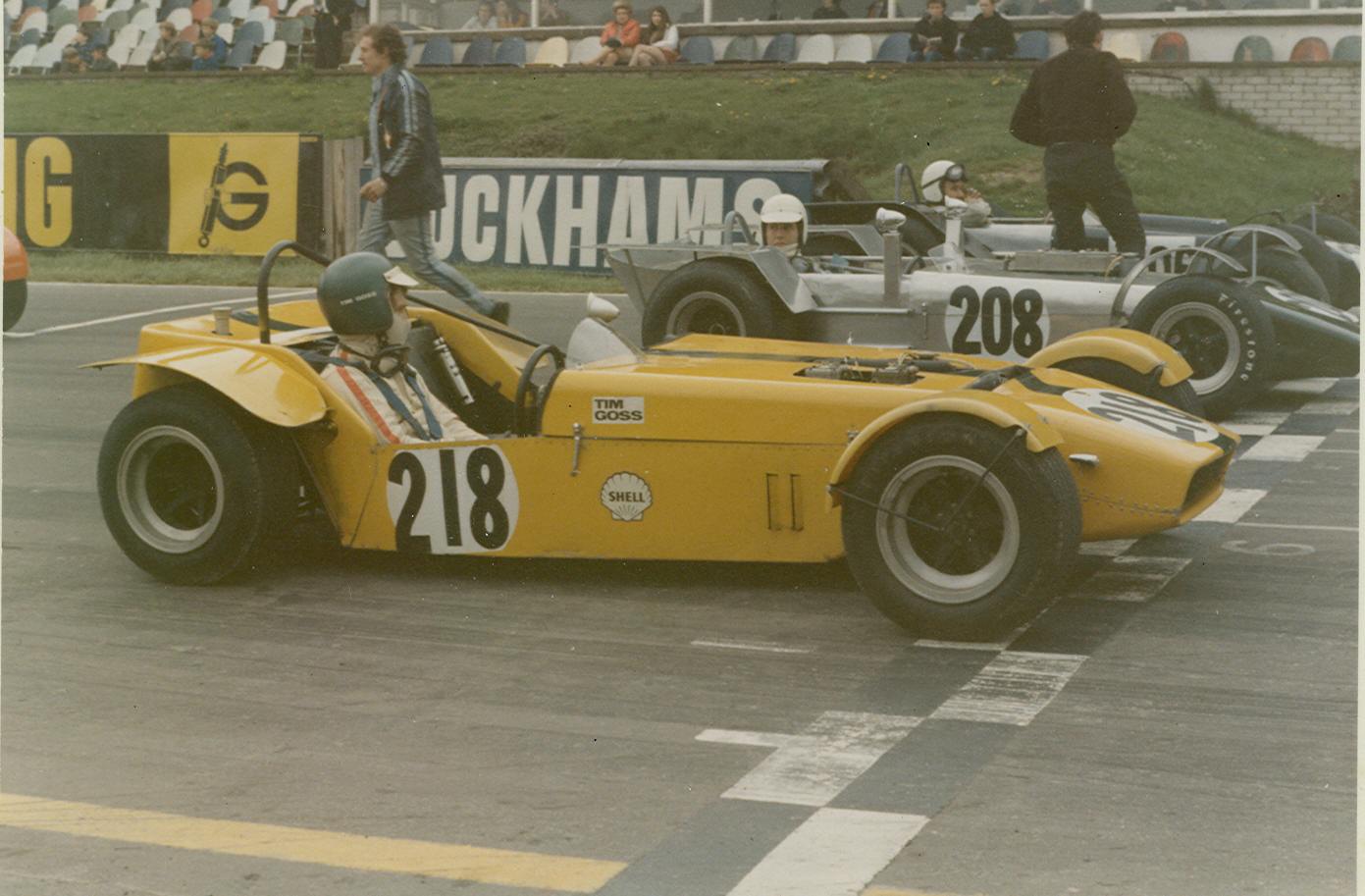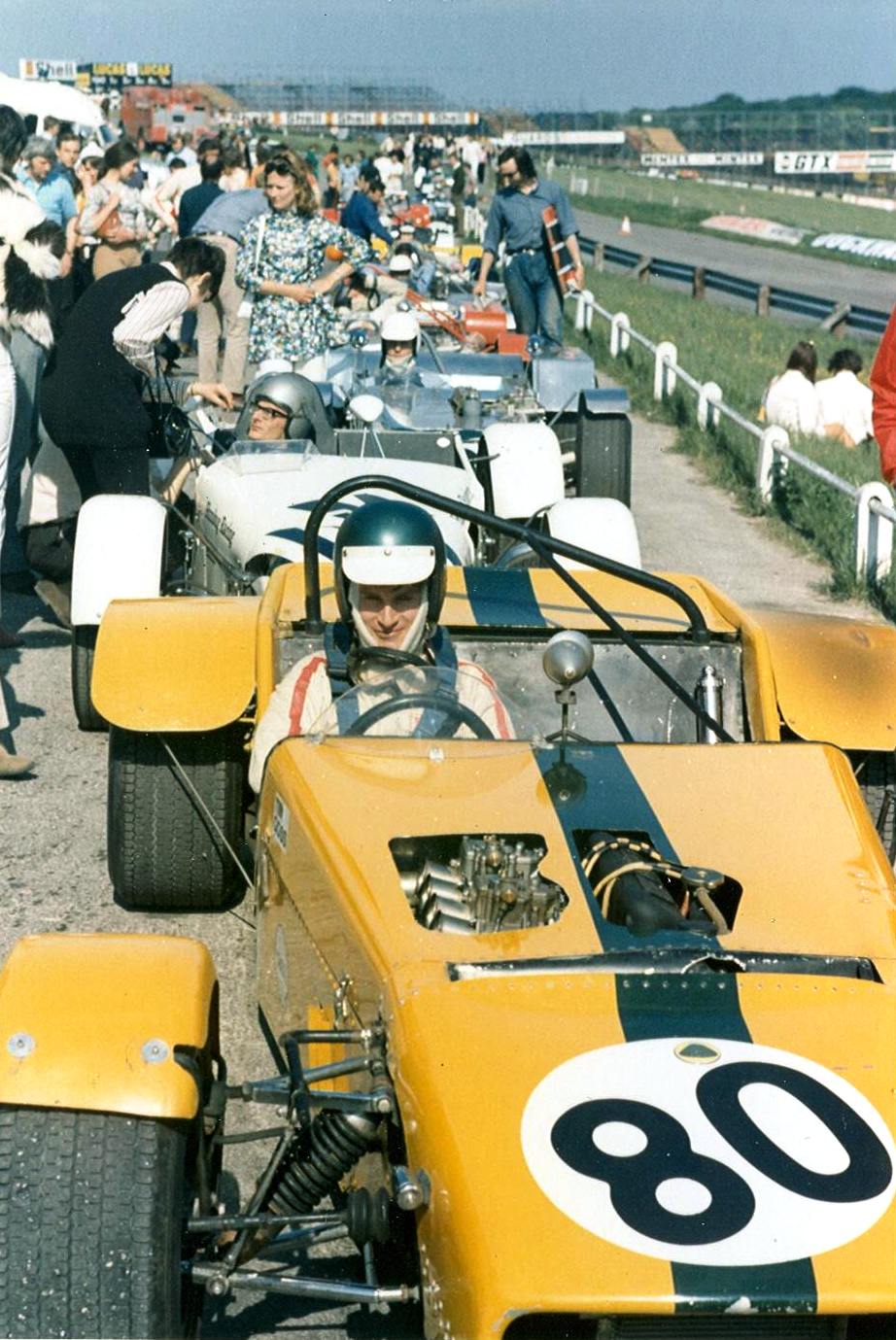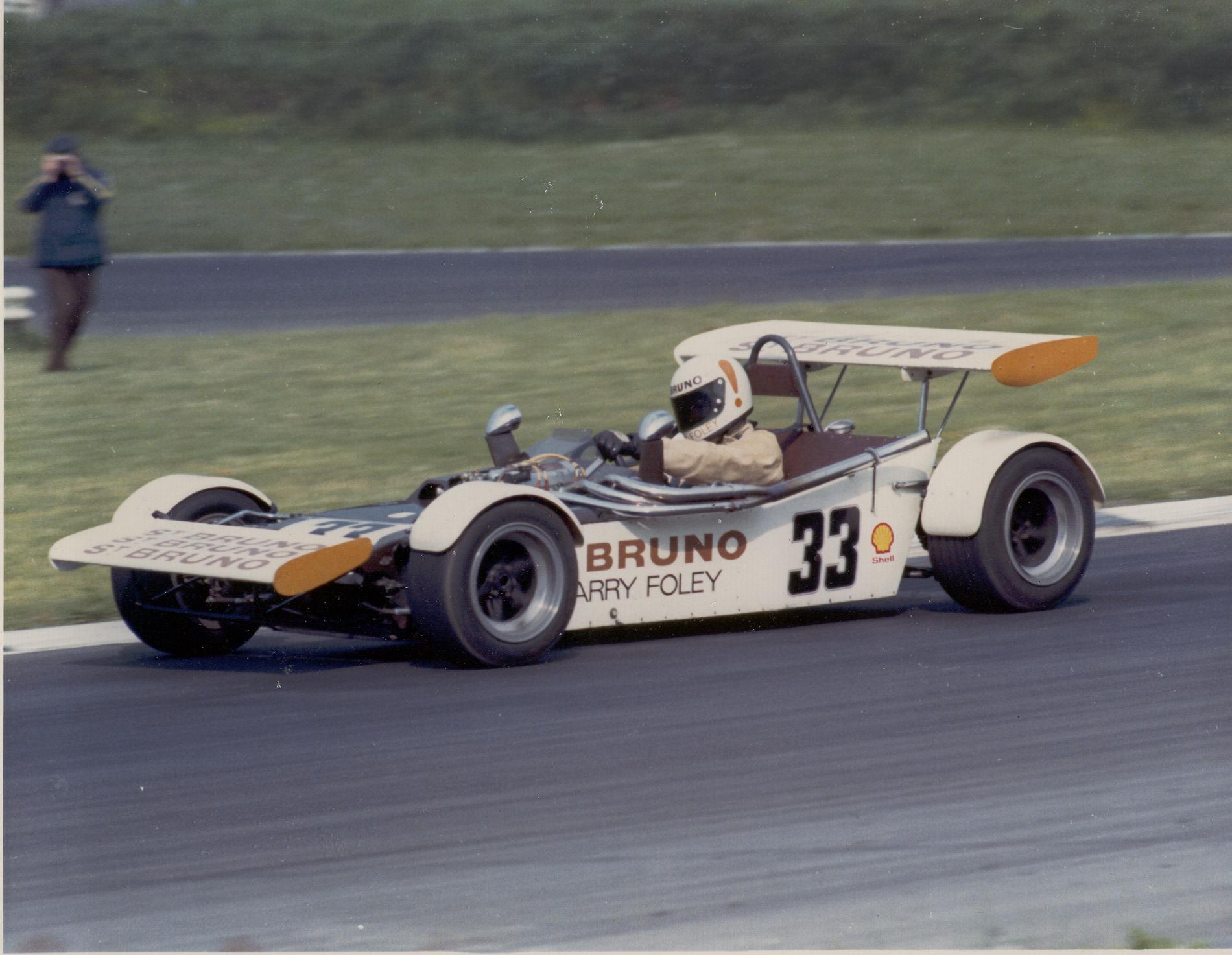 |
LOTUS SEVEN REGISTER |
the web site for the
Seven made by Lotus between 1957 and 1973
 |
LOTUS SEVEN REGISTER |
the web site for the
Seven made by Lotus between 1957 and 1973
 Tim Goss and the 7X at Brands
Hatch - May 1970.
Tim Goss and the 7X at Brands
Hatch - May 1970.
 Brands Hatch - May 1970.
LAP RECORDS:
During the
season Tim and the 7X took lap records at no less than five race circuits:-
Brands Hatch
Club - 52.6secs 84.87mph (1.24 miles), Castle Combe - 1min 07.6secs 97.99mph
(1.84 miles), Mallory Park Full - 50.2secs 96.81mph (1.35 miles), Oulton Park
- 1min 45.6secs 94.13mph (2.76 miles) and Rufforth - 1min 18.2secs 78.26mph
(1.70 miles).
The lap time at
Castle Combe was just 0.2secs outside Carlos Pace’s Formula Three record of
the day.
Brands Hatch - May 1970.
LAP RECORDS:
During the
season Tim and the 7X took lap records at no less than five race circuits:-
Brands Hatch
Club - 52.6secs 84.87mph (1.24 miles), Castle Combe - 1min 07.6secs 97.99mph
(1.84 miles), Mallory Park Full - 50.2secs 96.81mph (1.35 miles), Oulton Park
- 1min 45.6secs 94.13mph (2.76 miles) and Rufforth - 1min 18.2secs 78.26mph
(1.70 miles).
The lap time at
Castle Combe was just 0.2secs outside Carlos Pace’s Formula Three record of
the day.
 The 7X as The St. Bruno
Roughcutter with Barry Foley in 1972.
The 7X as The St. Bruno
Roughcutter with Barry Foley in 1972.
| [previous chapter] [back to menu] |